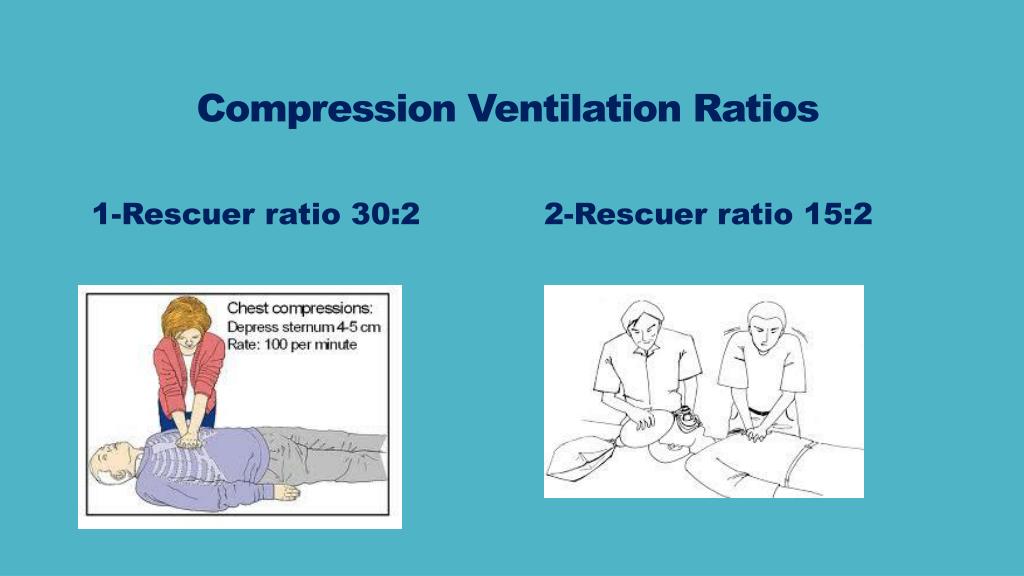
Introduction
CPR, or cardiopulmonary resuscitation, is a lifesaving technique used to revive someone who has stopped breathing or has no pulse. It involves chest compressions and rescue breaths to restore the blood circulation and oxygen supply to the body. However, there is a debate among medical experts about the optimal ratio of compressions to breaths in CPR, specifically whether 30 compressions or 15 compressions are more effective. In this article, we will discuss the pros and cons of each method and provide some guidelines for performing high-quality CPR.
The 30:2 Ratio

The 30:2 ratio is the traditional CPR method that involves 30 chest compressions followed by 2 rescue breaths. This ratio was based on the assumption that the oxygen in the lungs can sustain the body for a few minutes, so the priority is to pump blood to the vital organs and tissues. The American Heart Association (AHA) recommends this ratio for adults and children, except for newborns and infants, who require a 3:1 ratio due to their smaller size.
The advantages of the 30:2 ratio are that it provides a clear and simple protocol for bystanders to follow, and it maximizes the blood flow to the heart and brain, which are the most critical organs during CPR. Moreover, it reduces the risk of over-ventilation, which can cause gastric inflation and interfere with chest compressions.
However, the 30:2 ratio has some limitations as well. It can cause interruptions in chest compressions, which are essential for maintaining the blood pressure and perfusion of the body. The AHA recommends a compression depth of at least 2 inches and a rate of 100-120 compressions per minute, which can be challenging to achieve if the rescuer has to switch between compressions and breaths every 30 cycles. Furthermore, the 30:2 ratio may not be suitable for certain cardiac arrest cases, such as those caused by drowning or asphyxiation, where the oxygen level in the body is already low and the priority is to provide ventilation.
The 15:2 Ratio

The 15:2 ratio is a newer CPR method that involves 15 chest compressions followed by 2 rescue breaths. This ratio was proposed to address the drawbacks of the 30:2 ratio and optimize the balance between circulation and ventilation. The 15:2 ratio is recommended by some organizations, such as the European Resuscitation Council (ERC), for adults and children.
The advantages of the 15:2 ratio are that it reduces the frequency and duration of interruptions in chest compressions, which can improve the blood flow and survival rate of the patient. It also allows for more time to assess the patient's response and adjust the compression depth and rate accordingly. Additionally, it may be more suitable for cases where the patient is hypoxic or has a compromised airway, as it provides more frequent rescue breaths.
However, the 15:2 ratio also has some limitations. It may not be as intuitive or easy to remember as the 30:2 ratio, which can make it harder for untrained bystanders to perform. It also requires a compression rate of at least 120 per minute, which may be difficult to achieve consistently if the rescuer is not using a metronome or other aids. Moreover, the 15:2 ratio may not be appropriate for children under 8 years old or adults with certain medical conditions, such as pulmonary edema or asthma.
Conclusion

In summary, both the 30:2 and 15:2 ratios have their benefits and drawbacks, and the choice of ratio depends on several factors, such as the patient's age, size, and condition, the rescuer's training and experience, and the available resources and equipment. The most important aspect of CPR is to start early, call for help, and perform high-quality compressions and ventilations in a timely and coordinated manner. Therefore, it is recommended to get certified in CPR and stay up-to-date with the latest guidelines and techniques for optimal outcomes.